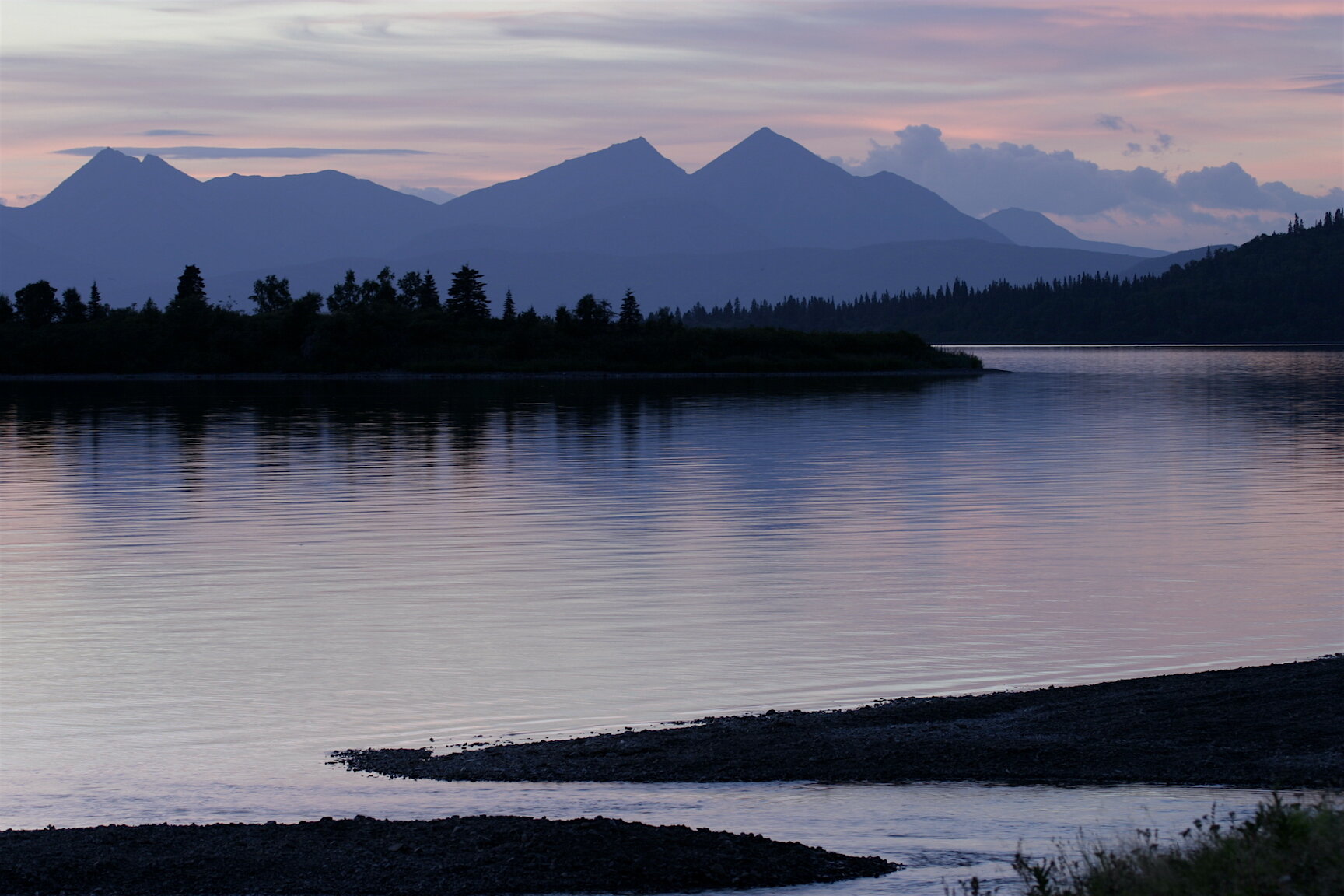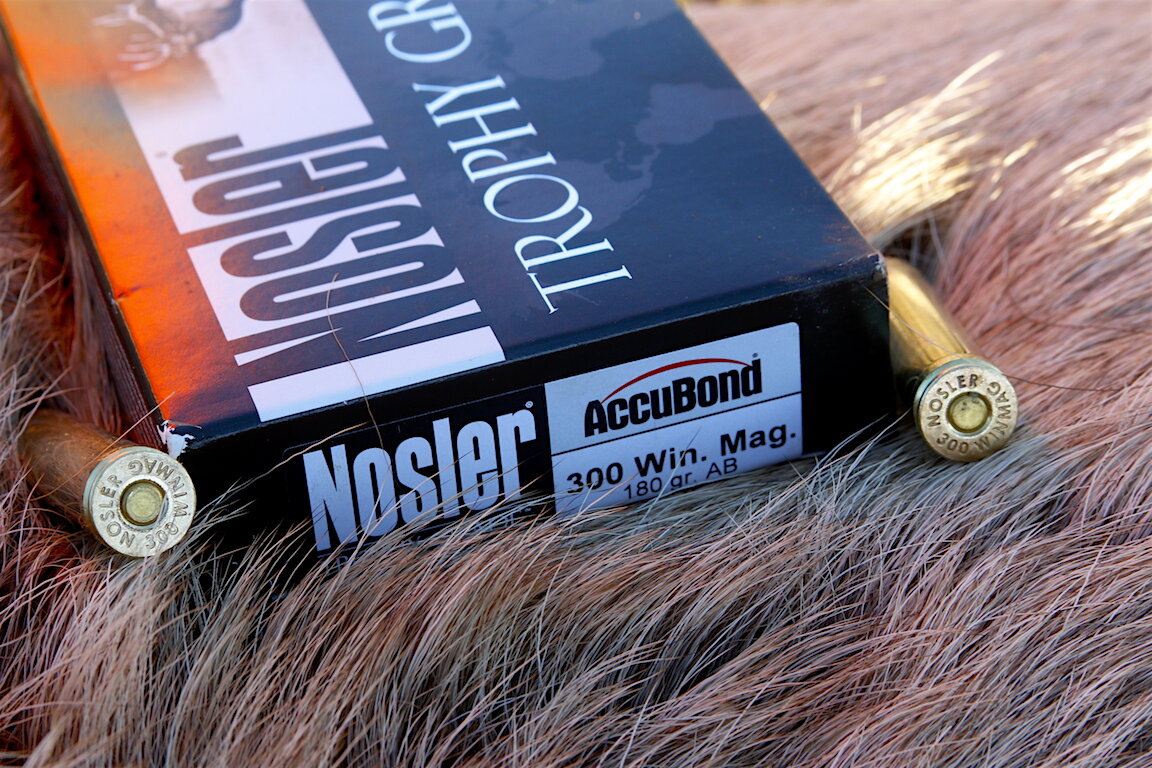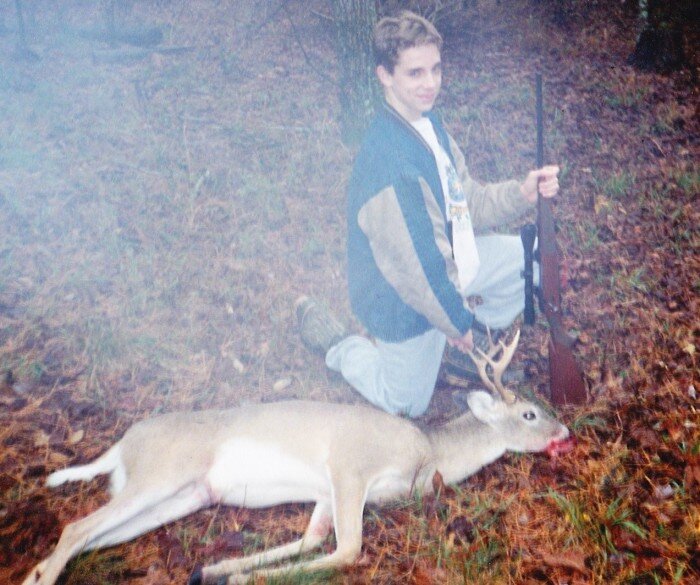Photo 101: Photograph Light, Not Subjects
Why You Cannot Photograph an Elk
Here’s a wild idea: Stop photographing objects. Trying will only frustrate you. You can’t take a picture of an elk, goose, flower or mountain. So give it up. Your photography will improve. Really.
The most important thing to understand about photography, the thing that will contribute most toward your ability to make better pictures, is this: You do not photograph objects. You photograph light. Reflected light. If you doubt this, focus your camera on something in your house late at night. Then turn the lights off and try to take a picture of it.
I’m not trying to be cute here, just realistic. Without light, no photo.
Flat, mid-day light illuminates this elk, but doesn't create much mood or mystery.
Warm backlight and a semi silhouette plus a shadowy background add a hint of mystery and mood to this elk photo.
Train Yourself to See Light and Take Your Photography to the Next Level
Ponder that. It’s not the roaring bear, the giant moose, the elk with towering antlers or even the colorful wood duck that make a great picture. It’s the light reflecting off them. Without this light, no picture. And without pretty light, ugly picture. I don’t care how beautiful the bird or flower, how massive or majestic the elk or deer, in ugly light they don’t look good. Until you recognize this critical fact — that you only photograph light, not objects — you won’t take your photography to the next level. Reflected light is the essence, the magic of photography.
So whoopee. How does this obvious observation improve your photography? By nudging you toward “seeing” light. Its direction. Its intensity. Its color. Start noticing, recognizing, interpreting and appreciating all this light. The easiest way to start is by noticing sunset skies. Because these are short on subject matter and long on color, which is just reflected light, we begin to see the effects of lighting. Soft light. Warm light. Pastel light. Bold light. And, as the sun sinks farther and farther, purple and blue light. Nearly every human loves sunsets not because the object (a few clouds) is all that gorgeous, but because the light is.
Mountains and Lake, bland
Mountains and Lake, cool
Subtle changes in the color of the sky at different times of the evening radically alter the feel of this scene.
Now notice the color of light on more earthly subjects at sunup and sundown. Before the sun strikes them, objects reflect a blue color. Cool blue. It flavors photos taken before and after sundown, on cloudy days, in snow and rain. When the low sun strikes them, they burnish orange, red or gold. These warmer colors give the same scene, the same objects a much different “feel.” See this, capture it and you begin to control the mood, the message, of your photos.
More subtle color effects result from indirect light bouncing off things. If the sun bounces pink color from clouds, you might notice the pastel glow of it on a white egret or ptarmigan or the glowing rim of antlers. Look closely. Pay attention to these subtle changes in color. I’ve noticed the orange reflection of my hunting vests while photographing many hunting tools over the years. I’ll often use a white or silver garment, sometimes a reflective car or truck or barn wall to bounce colored light into a scene.
The orange reflection off my hunting vest adds warmth and a bit of pizazz to a rather bland subject.
These differences in direction, temperature and overall quality of light make huge differences in the quality of a photograph, so start training yourself to notice. When you start thinking “Wow! Look at that light,” instead of “Look at that mountain,” you’ll be on your way to making more striking images. Learn to photograph light. Then you can start focusing on those big bucks, towering mountains and colorful birds.
# # #


















